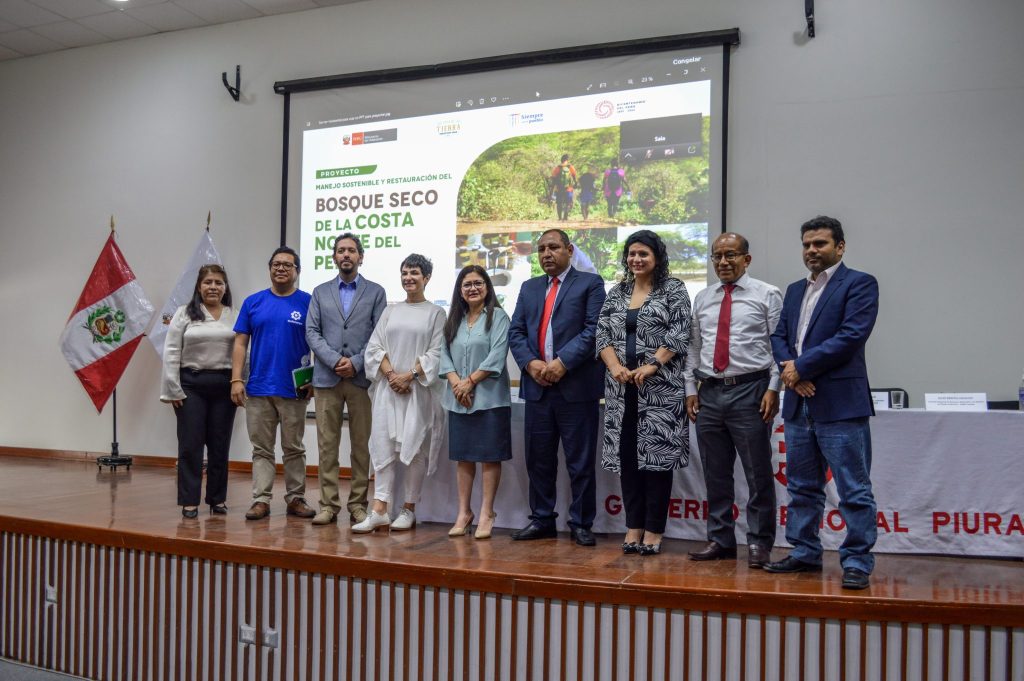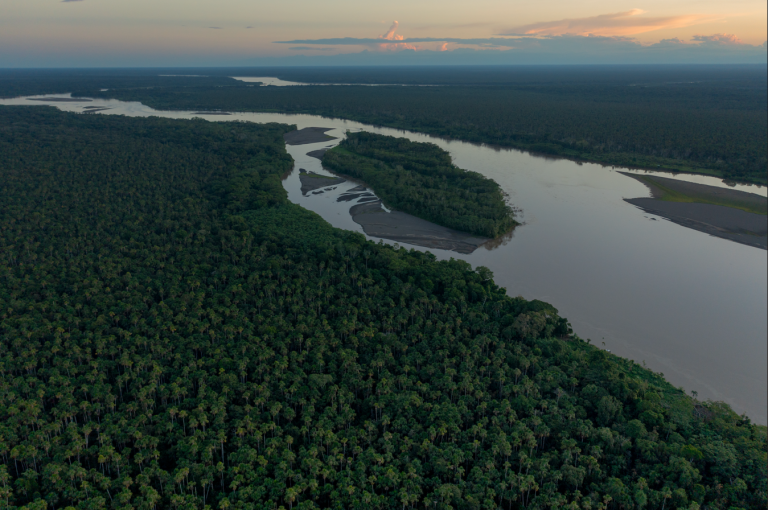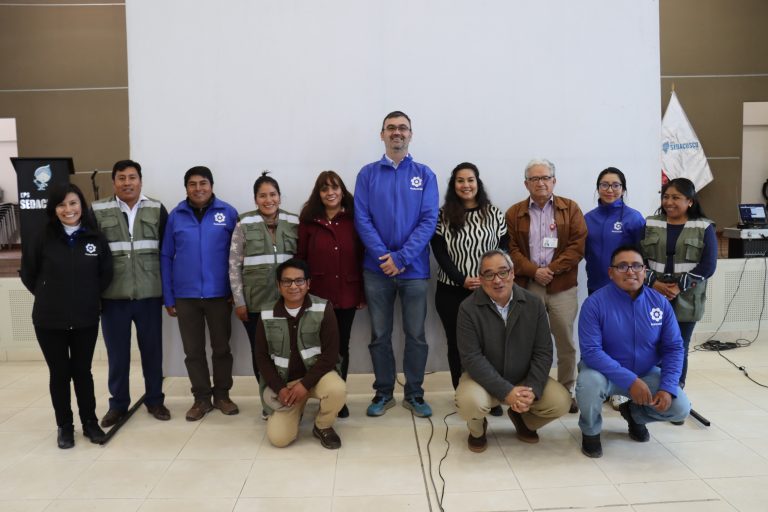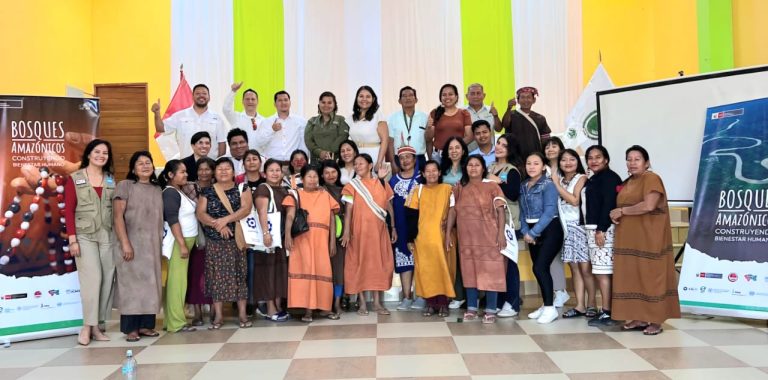Photo from left to right: Doris Guardia, General Director of Territorial Planning and Integrated Management of Natural Resources of MINAM, Omar Corilloclla, Director of Monitoring and Evaluation of Profonanpe, Fabricio Astudillo, Project Officer of the IUCN Regional Office , Mariana Escobar, Representative of the FAO, Yamina Silva, Vice Minister of Strategic Resources of MINAM, Yoni Rivera, regional manager of Natural Resources and Environmental Management of the Piura Region, Julio Benites, regional manager of Natural Resources and Environmental Management from the Tumbes Region, Elithza Díaz, manager of the Environment of the La Libertad Region, and Teófilo Farroñan, regional manager of Natural Resources and Environmental Management of the Lambayeque Region.
In the Piura regional government auditorium, the official launch of the project «Sustainable management and restoration of the Dry Forest of the North Coast of Peru» was held on November 30, financed by the GEF, with the aim of promoting conservation and recovery of dry forests in this area of Peru, and strengthen the connectivity and resilience of prioritized ecosystems, increasing the adaptive capacity of populations and generating sustainable local livelihoods.
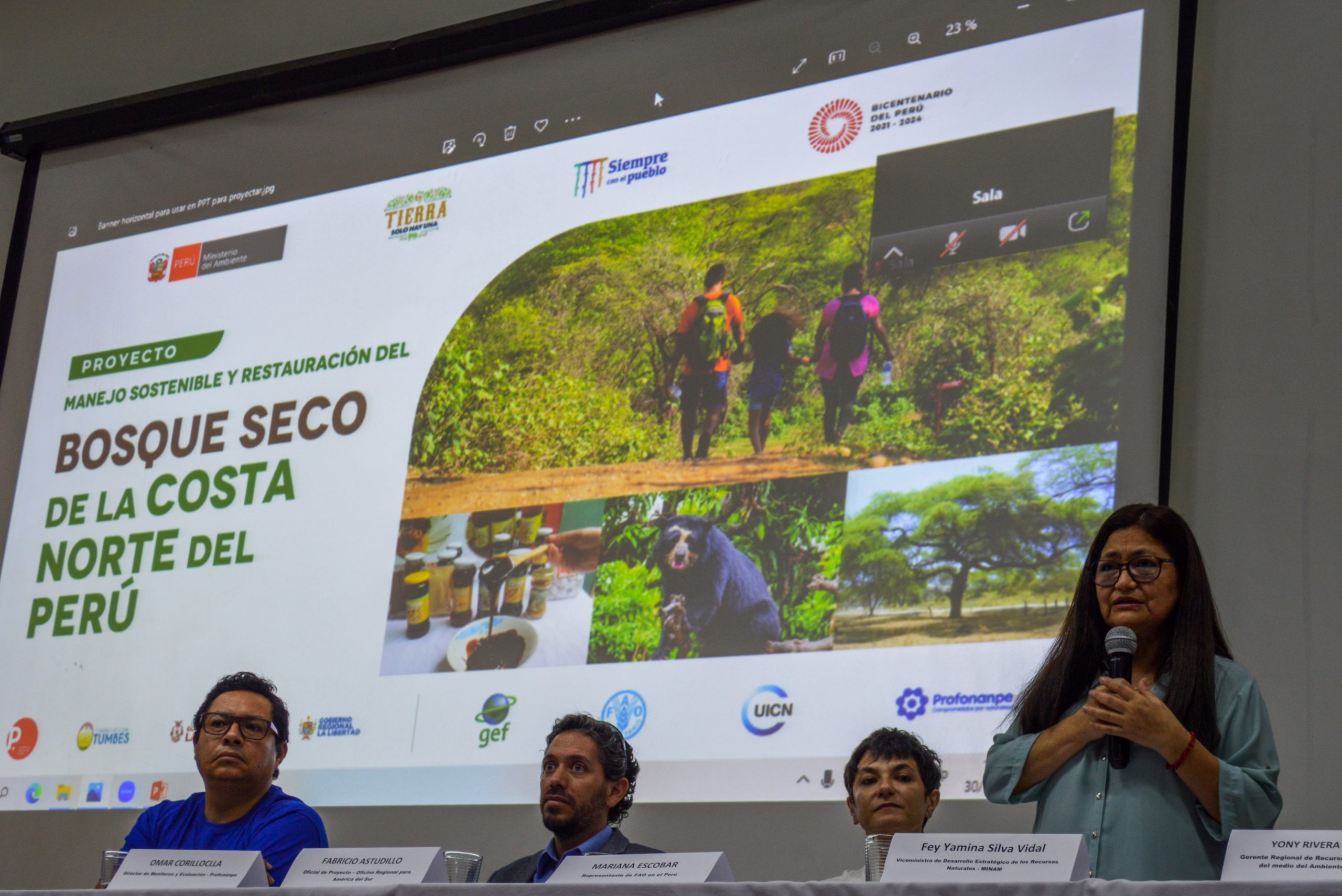
During the event, which highlighted the importance of prioritizing work in these ecosystems that have been suffering degradation in recent years, the participation of Yamina Silva, Vice Minister of Strategic Resources of the Ministry of the Environment; Doris Guardia, General Director of Territorial Planning and Integrated Management of Natural Resources of MINAM; Fabricio Astudillo, Project Officer of the IUCN Regional Office; Mariana Escobar, FAO Representative in Peru; Omar Corilloclla, Director of Monitoring and Evaluation of Profonanpe and the representatives of the regional governments of Piura, Tumbes, La Libertad and Lambayeque.
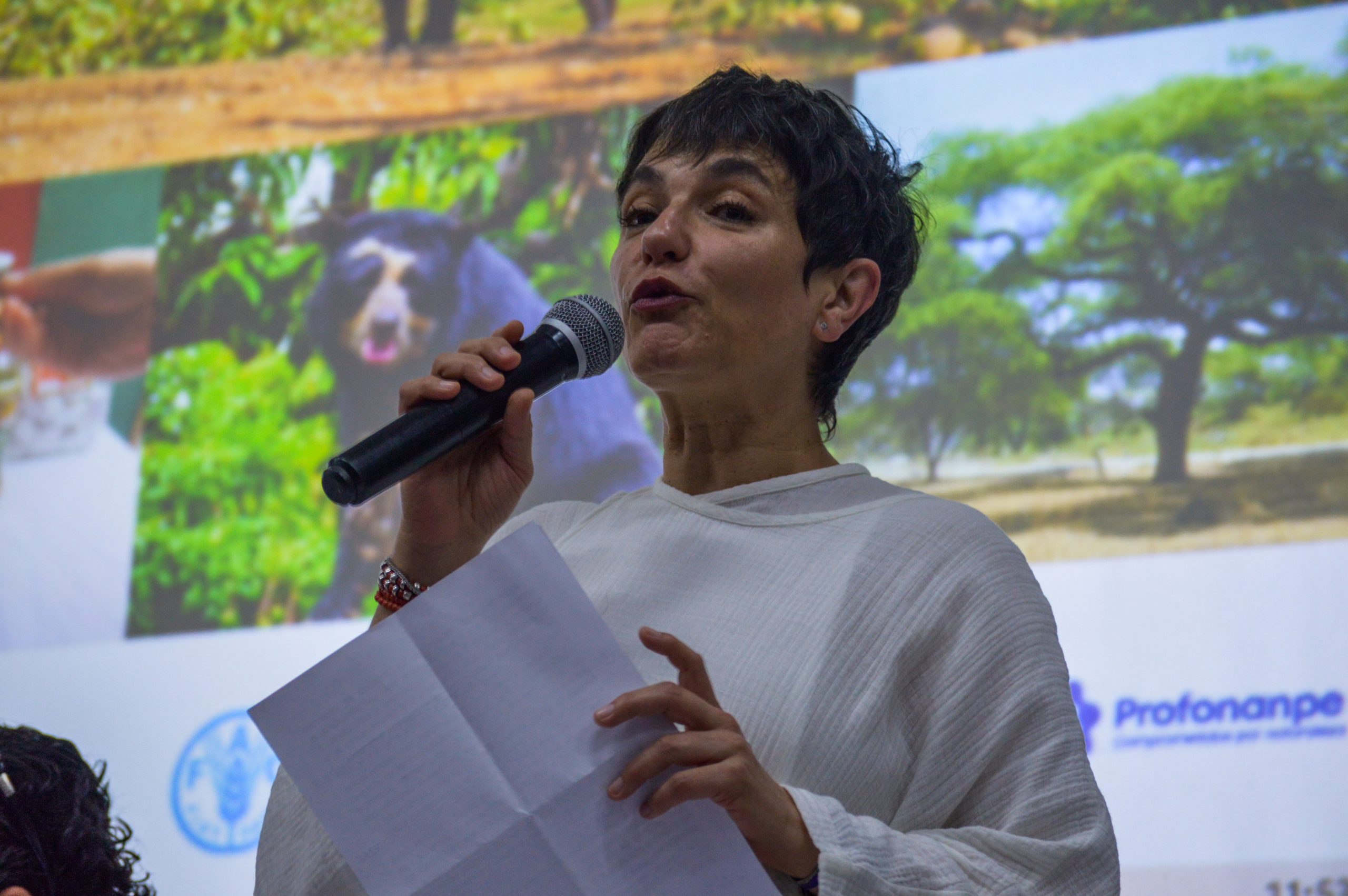
Mariana Escobar, from FAO, emphasized the urgency of acting for the progressive degradation of the dry forest: «It is essential to give visibility to the situation of the dry forest in Peru, an essential ecosystem for the region and globally.» For his part, Omar Corilloclla, mentioned that from Profonanpe – as the operational partner of the project – we are committed to its correct implementation, which implies an efficient and transparent management of resources: “We are in charge of the technical, administrative and financial management of the project; which means ensuring a high-level technical team, starting with a start-up workshop, developing an operations manual and supervising the good use of resources”.
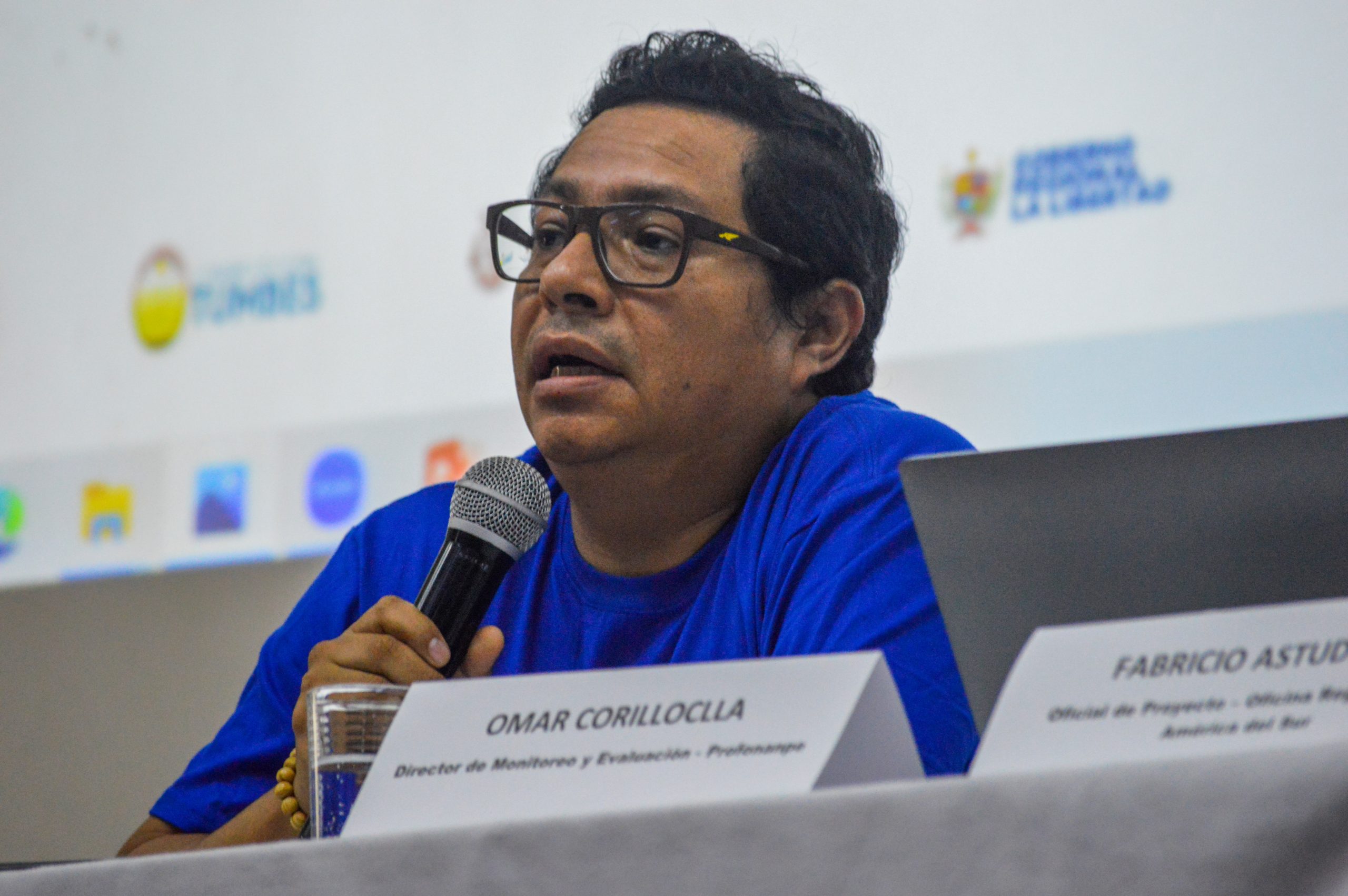
It should be noted that 114 peasant communities live in the dry forests of the northern coast of Peru, some of which have developed capacities for sustainable forest management and livestock, contributing to the conservation of biological diversity and building resilience. In this sense, the project seeks to continue with these advances, considering that this responds to several of the sustainable development objectives, as dry forests are crucial ecosystems for adaptation and mitigation to climate change. To achieve this, work will be done on four components, which seek to guarantee human well-being and resilience in the forests of our north coast.
Technical sheet of the project:
Duration: 5 years
Scope of intervention: Tumbes, Piura, Lambayeque, La Libertad
Total amount: USD 65,500,012.42
- GEF grant: USD 7,666,491
- Co-financing of public and private entities: USD 57,833,521.41
(in donations, public investment or in kind)


